This is our complete guide to breath training for surfers.
In this breathwork guide you will learn:
- The way professional athletes at the top of their game breathe
- How to get more energy from the oxygen you breathe
- How to build your tolerance to carbon dioxide to hold your breath longer
- How to calm yourself down
- Breathing tips and techniques
So if you want to learn how to breathe more efficiently, hold your breath for longer and increase mental and physical performance, you’ll love this guide.
Let’s get started.
The Most Important Element To Breathing
Is breathing in your nose.
It’s almost that simple. And in this guide, you’ll find out exactly why and how.
What’s almost as mind-blowing is that the average Joe like you and I, amateur athletes, and even some professional athletes aren’t aware of the benefits of nasal breathing.
You hear many UFC athletes talk about how they discovered how to breathe properly so they never gas out again and how big-wave surfers train themselves to remain calm in heavy surf.
What they’re all referring to is nasal breathing.
What Happens When You Breath In Your Nose
One of the main benefits of breathing in your nose is the production of Nitric Oxide during the inhale through your nose. (Nitric Oxide is not produced during mouth breathing).
✅ Nitric Oxide boosts exercise performance, improves lung volume, lowers blood pressure and more.
✅ Nitric Oxide is a vasodilator, which means it helps to relax and widen your blood vessels improving oxygen circulation in your body.
But wait there’s more…
✅ Your nostrils are much smaller than your mouth, so the rate of airflow into your lungs is reduced giving you more time to circulate and absorb oxygen into your bloodstream as well as more effectively balancing the levels of oxygen and carbon dioxide in your blood.
The build-up of carbon dioxide in the blood changes the PH level of the blood triggering more oxygen to be released from the red blood cells in the bloodstream, out into the tissue cells, where ATP is created in the mitochondria producing more energy. This is what’s known as The Bohr Effect.
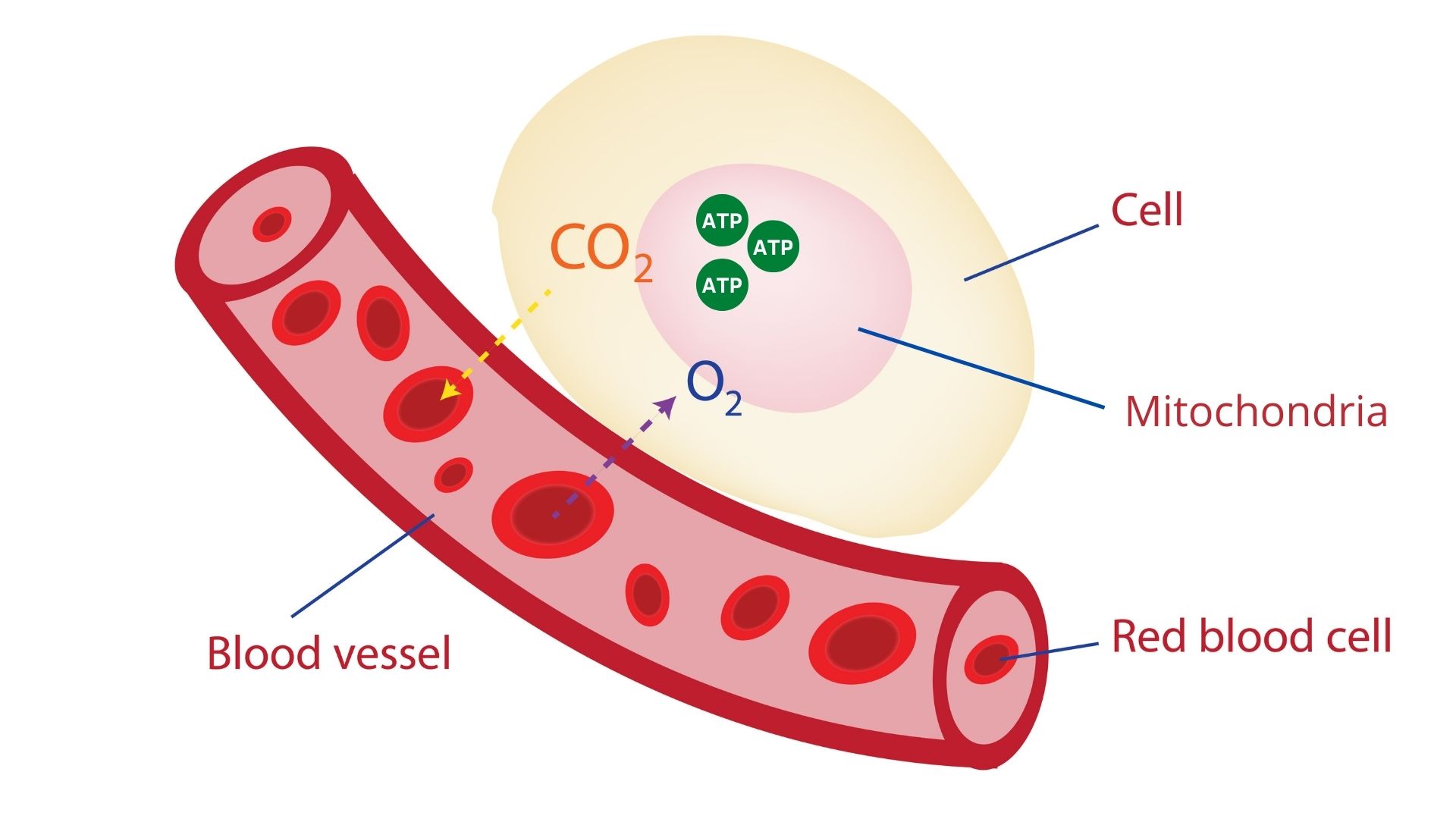
So even though you breathe in less oxygen through the nose than the mouth, you still absorb more oxygen into your body. If you’d like to know more check out the case studies in the following links. PubMed and Research Gate.
✅ Nasal breathing forces you to use your diaphragm so you automatically breathe into the lower lobes of your lungs.
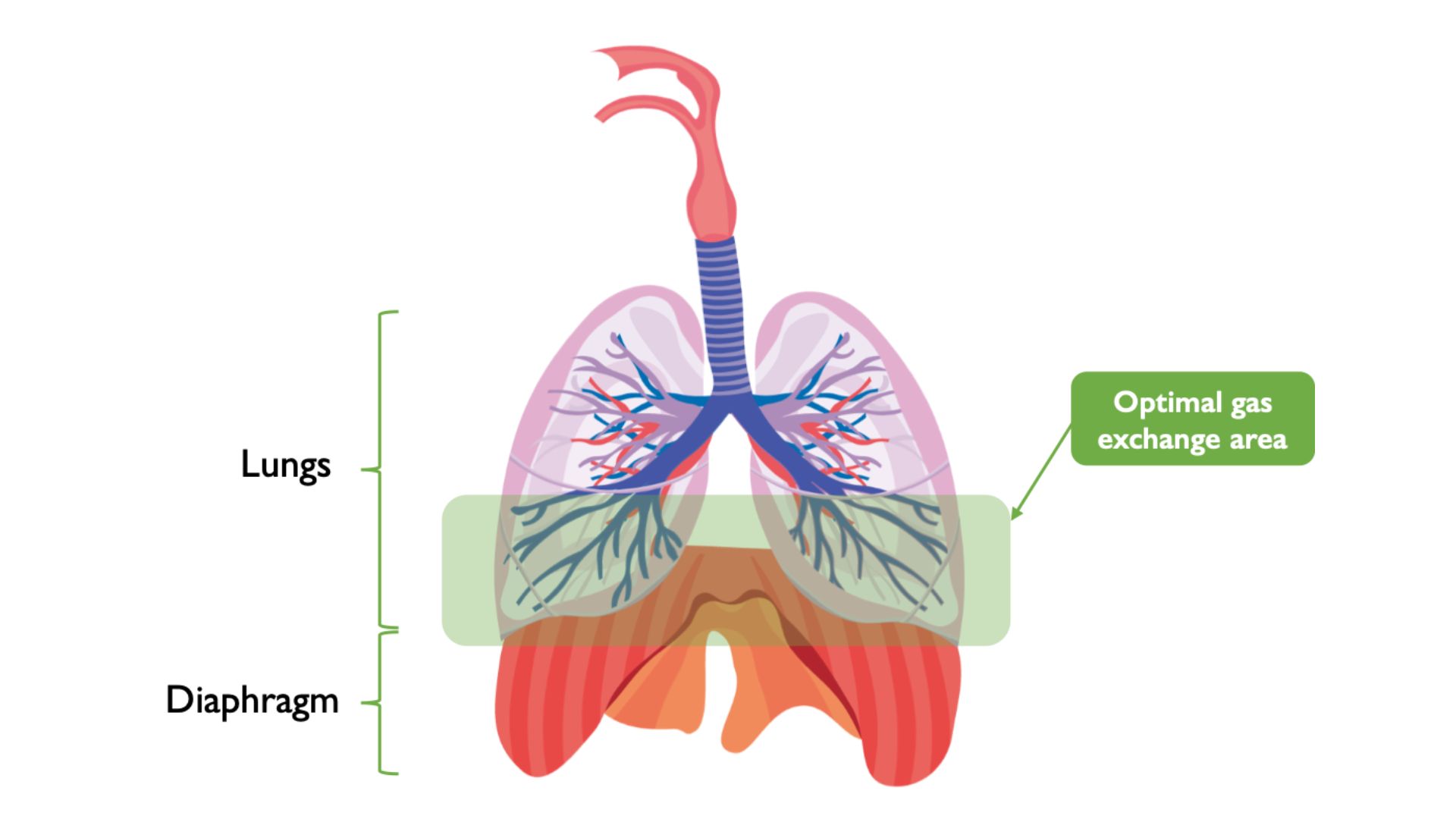
The nerve endings in the upper lobes of our lungs are connected to the sympathetic nervous system (our fight or flight mode) and the nerve endings in the lower lobes of our lungs are connected to the parasympathetic nervous system (our rest and relax mode) where we can get into a state of flow.
This is why diaphragmatic breathing into your belly and lower lobes of the lungs is so important as it helps you relax, stay calm and stay in a state of flow. And why breathing into your chest can cause stress, anxiety, and tension in the body as it keeps the stress response looping on itself, triggering your fight or flight mode.
✅ Breathing through your nose increases your tolerance to carbon dioxide, enabling you to hold your breath longer.
What Happens When You Breath In Your Mouth
When you are exercising and breathe in and out of the mouth, hyperventilation occurs, and you breathe out all of the carbon dioxide from your bloodstream, making it less efficient to shift oxygen from the red blood cells in your bloodstream out into your cells to create ATP (energy).
Not only that, but when we take quick and hard breaths through the mouth it activates a stress response in the body, primarily because you breathe heavily into your chest/upper lobes of the lungs as explained above.
Constant shallow breathing, over-breathing, or hyperventilation (where you breathe out all of your carbon dioxide and over-oxygenate the blood) can cause physical health problems over time. Predominantly problems such as inflammation and cell damage due to oxidative stress where oxygen is unable to release itself from your bloodstream.
How To Nasal Breath
At first, moderate paddling or intense exercise may feel very difficult with nasal breathing.
This is because your body needs to adapt to a different approach to the breathing process, and if it is used to hyperventilation from mouth breathing during exercise then it will take some time for your body to build up some carbon dioxide tolerance when nasal breathing.
Nasal breathing may feel a bit slow at first, but things will shift after a few conscious efforts of breathing in the nose for an entire surf or two. Be patient, test it out when you’re doing some land training and take notice of how you feel afterwards. You should feel much calmer and more energised.
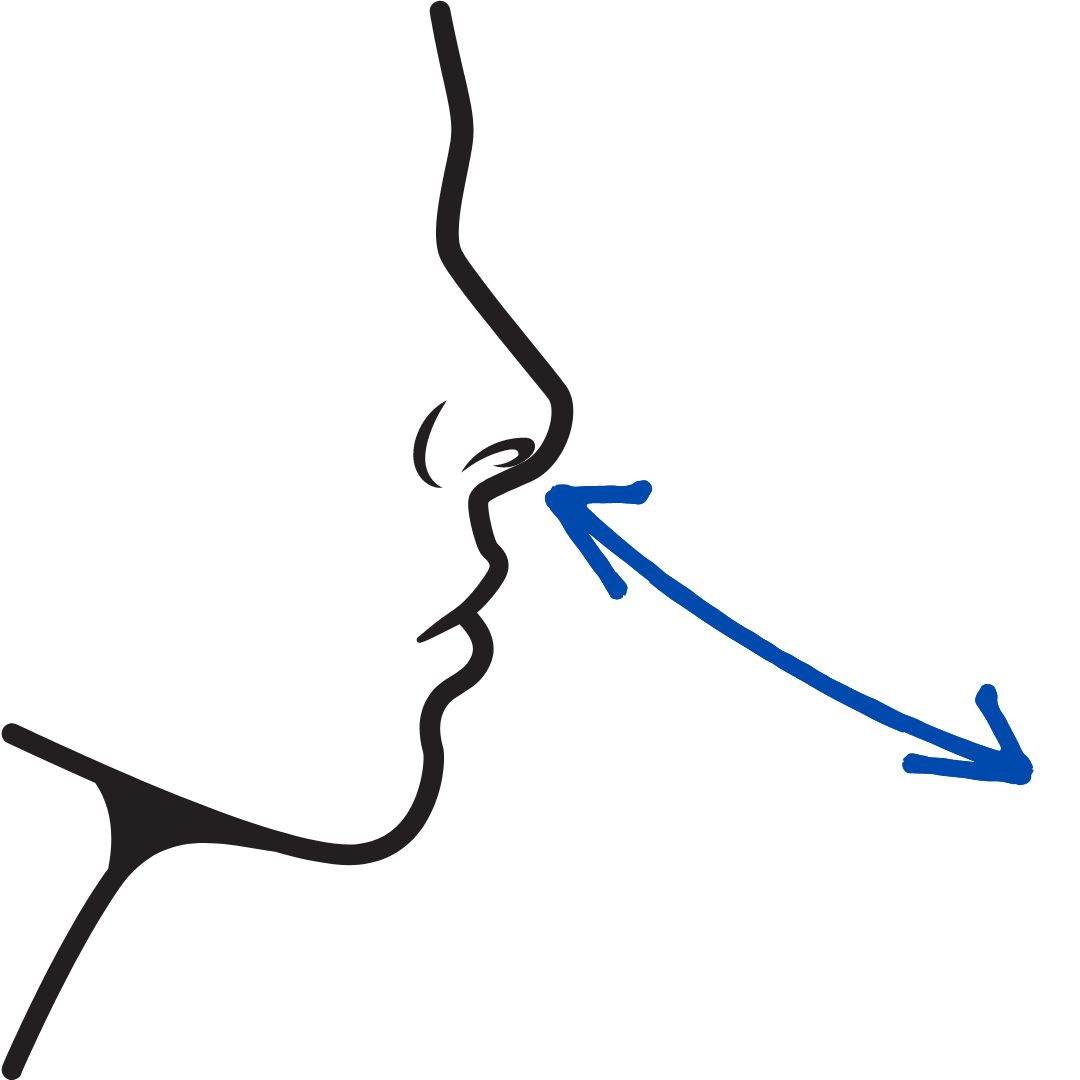
First gear: Breath in and out of your nose.
Your inhale and exhale should be the same length.
For example: 4 seconds in the nose, 4 seconds out the nose.
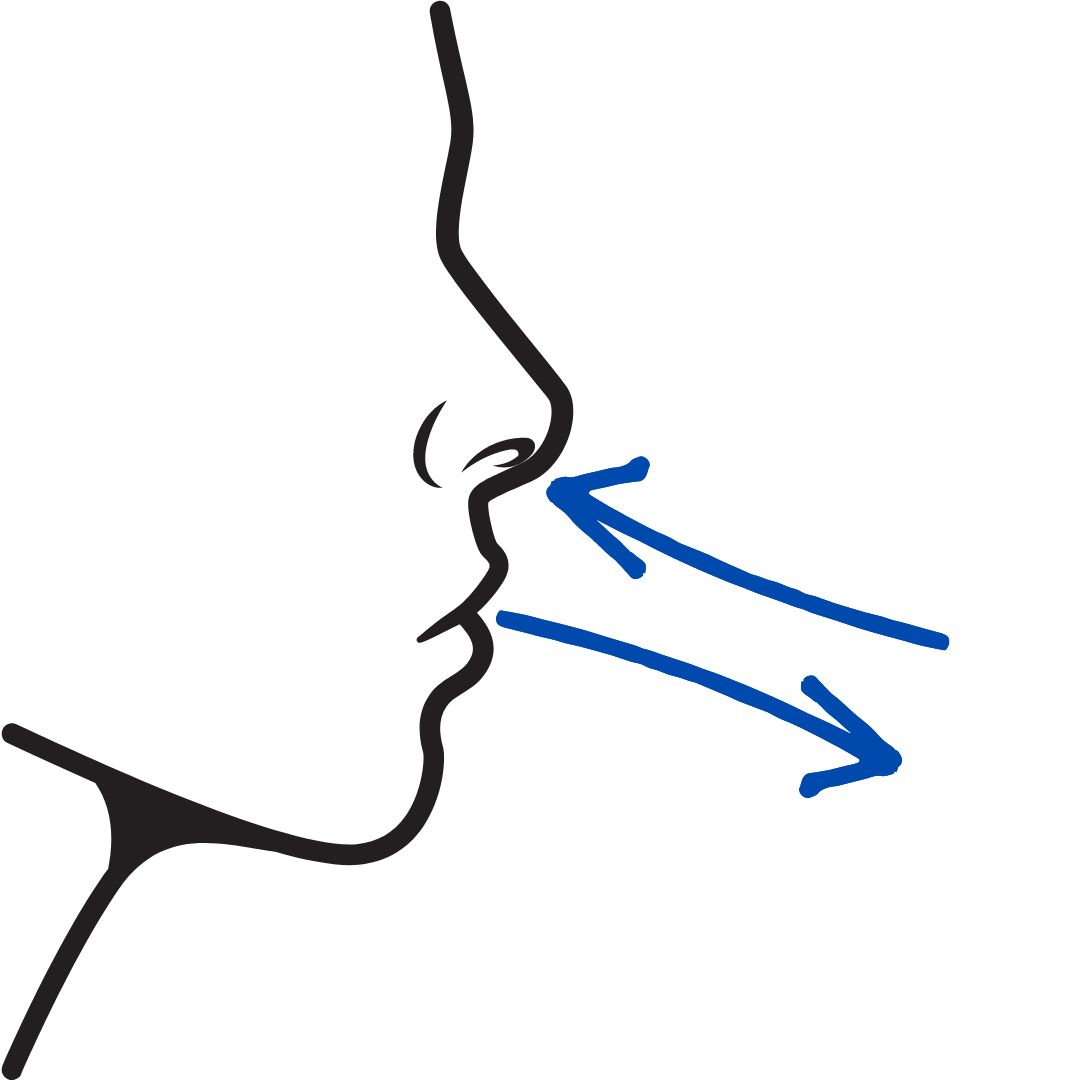
Second gear: When you are exerting too much energy to breathe in and out the nose, shift it up a gear and breath in the nose and out the mouth.
Your inhale and exhale should be the same length.
For example: 3 seconds in the nose, 3 seconds out the mouth.
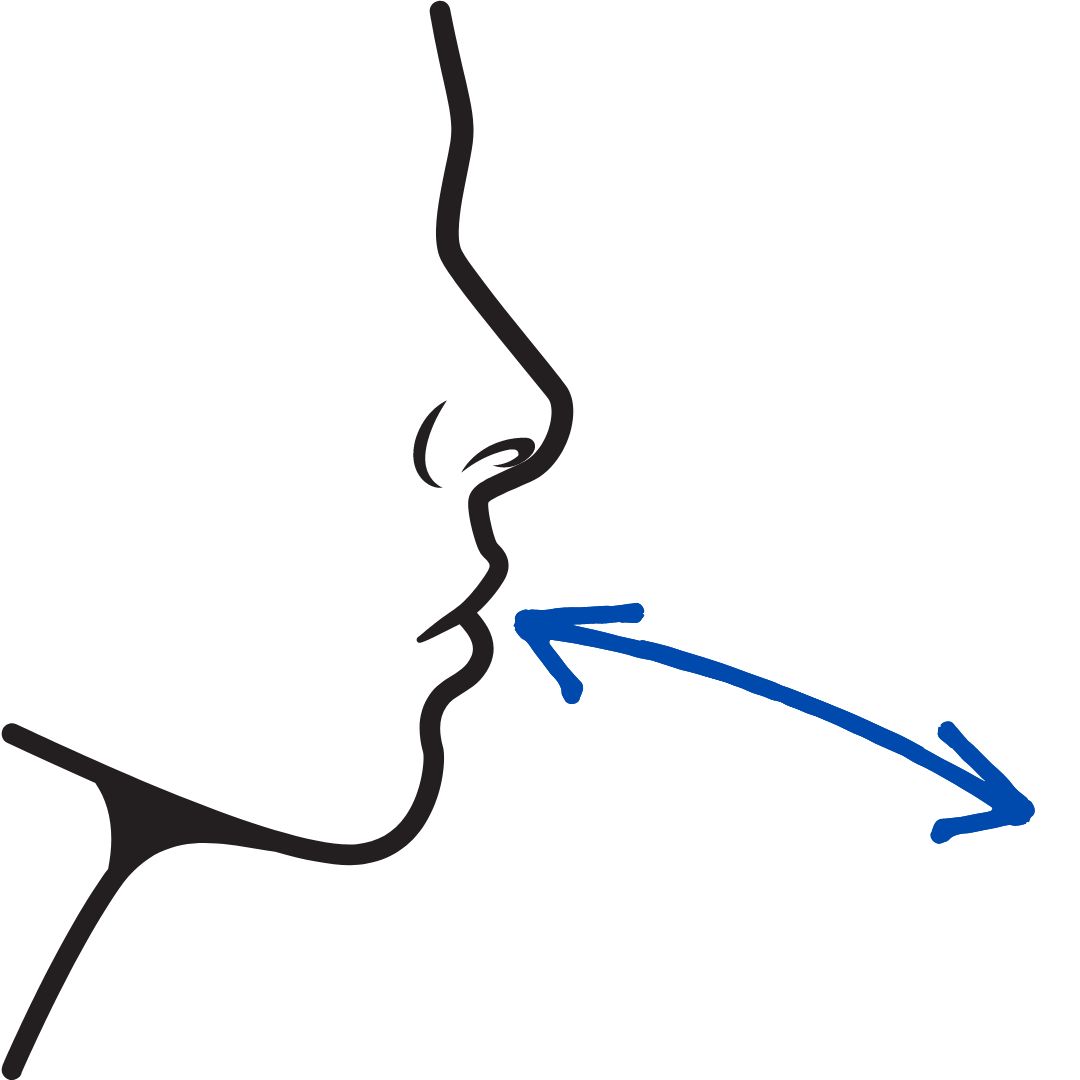
Third gear: If you are really maxing out in gear two and can no longer breathe in your nose then shift to gear three where you breathe in and out your mouth.
Over time as you build your tolerance to carbon dioxide, you’ll find that you can stay in first or second gear longer.
How To Breathe For Peak Performance
(rhythmic breathing)
When you breathe in a rhythm as outlined above (i.e. in-breath and out-breath is the same length – 4 seconds in, 4 seconds out) you achieve “heart coherence” and harmonise your autonomic nervous system by gaining a balance between your parasympathetic nervous system and sympathetic nervous system.
In a state of heart coherence, all of your bodily systems come into harmony functioning as efficiently as possible enabling peak performance. In this state, you are able to get into a flow state more consistently too.
How To Calm Yourself Down Through Breathing
This technique is perfect for when you are sitting on your board between sets.
Slow your breathing right down, breath in your nose for 3 seconds, and relax and extend the exhale on your out-breath out your nose or mouth for 6 seconds or twice as long as your in-breath.
It will look something like this…

When we breathe in our heart rate increases and we activate the sympathetic nervous system (fight or flight).
While when we breathe out, our heart rate decreases and we activate our parasympathetic nervous system (rest and relax).
Therefore by extending the exhale longer than the inhale you bring your heart rate down.
So there you have it, everything breath related to help you get the most out of your surfing. And everyday life!


